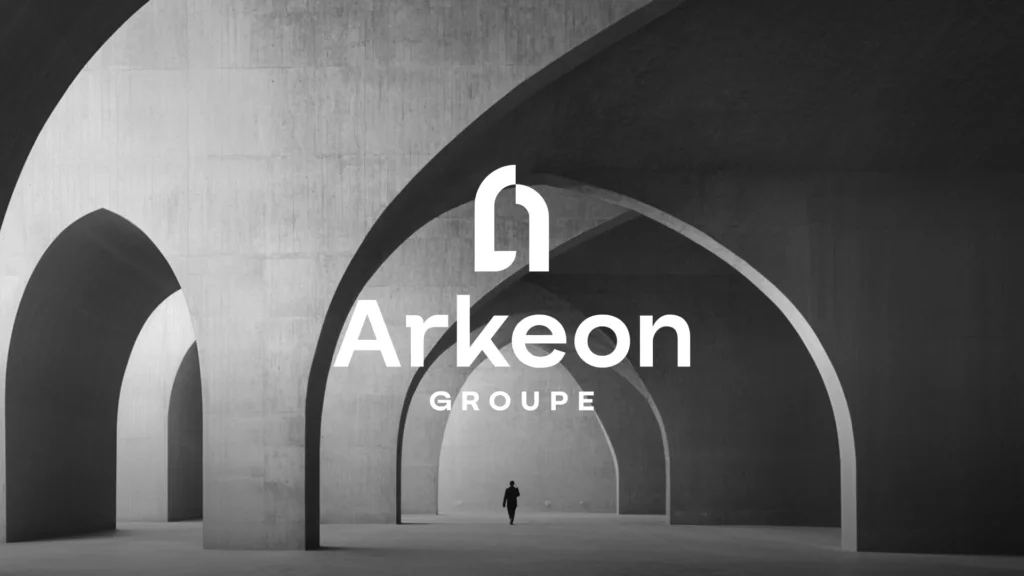Choosing a brand name is one of the most critical decisions for any business. A name is the first signal your audience encounters — it must be memorable, meaningful, and adaptable enough to grow with you. A well-chosen name can become your strongest asset; a poor one can limit recognition, confuse customers, or even create legal risks.
According to research by Nielsen, 59% of consumers prefer to buy new products from brands they already know. A powerful name is the foundation of that recognition. This guide provides a step-by-step framework to help you select a name that resonates and endures.
Step 1: Define Your Brand Strategy
Before brainstorming names, clarify what your brand stands for. A name should reflect your strategy, not replace it.
- Purpose and Mission: Why do you exist?
- Values and Personality: What human traits describe your brand?
- Target Audience: Who are you speaking to, and what will resonate with them?
- Positioning: How do you want to be perceived in relation to competitors?
➡️ Example: When we worked on Almadanya, the foundation’s mission of education and equity guided not just its communication but the tone of its name and identity.
Step 2: Establish Naming Criteria
A strong name should meet clear criteria. Consider the following dimensions:
- Memorability – Is it easy to say, spell, and recall?
- Distinctiveness – Does it stand apart from competitors?
- Flexibility – Will it still work if you expand your product line or geography?
- Meaning – Does it evoke the right associations or emotions?
- Simplicity – Shorter names are often more powerful (think Nike, Apple).
- Availability – Can you secure trademarks and domain names? (WIPO offers global resources).
Step 3: Explore Naming Territories
Brainstorm within structured “territories” to stretch creativity:
- Descriptive: Explains what you do (e.g., General Motors).
- Suggestive: Evokes benefits or feelings (e.g., Airbnb).
- Abstract: Invented or symbolic (e.g., Kodak, Häagen-Dazs).
- Metaphorical: Drawn from mythology, nature, or culture (e.g., Nike, Amazon).
- Founder-based: Uses personal names (e.g., Chanel, Ford).
Each territory has pros and cons. Descriptive names aid clarity but can limit growth. Abstract names offer uniqueness but require more investment to build meaning.
Step 4: Generate and Filter Options
Use creative techniques such as:
- Word association and mind maps
- Foreign language inspiration (with care for cultural sensitivity)
- Mythology and storytelling
- AI and linguistic tools for variation
Then filter against your criteria. Eliminate names that are too long, hard to spell, or too similar to existing competitors.
➡️ At Think.Green, we applied this process to create Groupe Arkéon, a holding name that balances mythological resonance (“Arkeon” from arche + arch structures) with modern clarity for the construction industry.
Step 5: Check Availability
This step is essential. Conduct:
- Trademark searches – Start with WIPO Global Brand Database or your local trademark office.
- Domain availability – Use tools like Namecheap or GoDaddy.
- Social handles – Ensure consistency across platforms.
Skipping this step can lead to costly rebrands.
Step 6: Test with Real People
Names live in the minds of customers, not in boardrooms. Test shortlists with:
- Target audience feedback: Do they find it easy to remember and pronounce?
- Cross-cultural checks: Does it translate well internationally?
- Internal teams: Does it inspire employees?
According to Harvard Business Review, customer co-creation significantly increases adoption and brand loyalty. Early input is invaluable.
Step 7: Make the Final Choice
At this stage, choose the name that best balances strategy, creativity, and availability. Remember:
- Perfect is the enemy of good. A name gains strength from consistent use and storytelling.
- Back your choice with branding: logo, visual identity, and narrative that reinforce its meaning.
➡️ For Tatada.fr, our branding project, the playful name was reinforced with a bold identity system, making it not only memorable but also emotionally engaging.
Step 8: Protect and Launch
Once chosen:
- Register trademarks to secure your legal rights.
- Buy domains and social handles to protect digital space.
- Create usage guidelines to ensure consistency in typography, color, and context.
Only then should you announce and launch the name widely.
